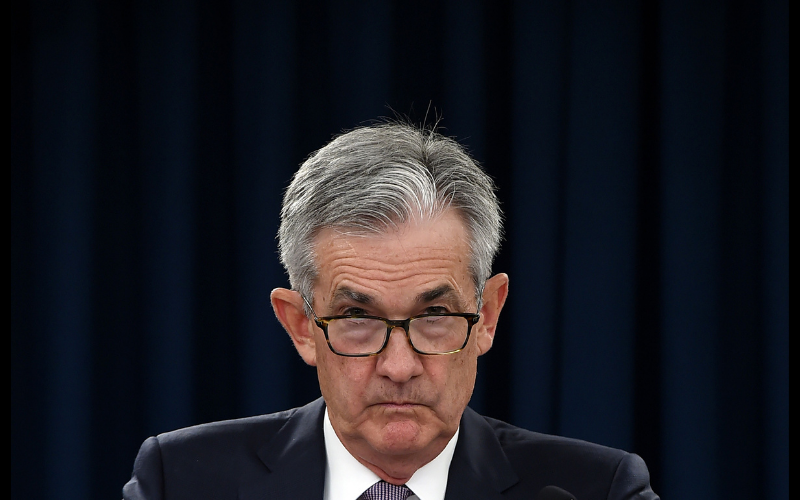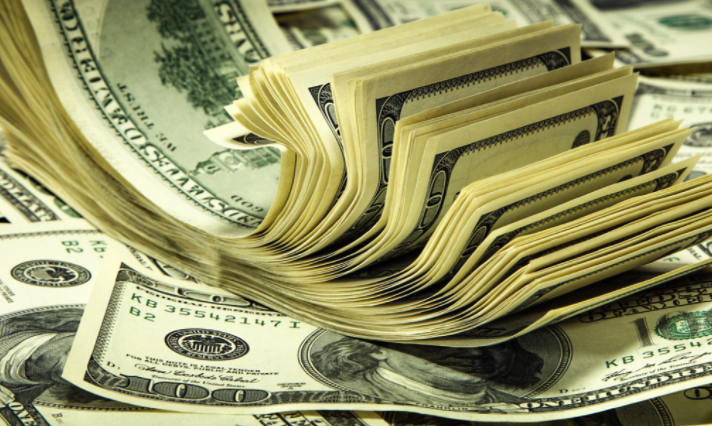
- + Bullish
- The commodity cycle has bottomed
- Cashflow can cover rich dividends
- Industry Consolidation Leads to Higher Profits
- + Bearish
- Little rebound in the price of crude
- Green energy sectors overtake hydrocarbons much faster than imagined
- Write-downs and cash impairment actions are not over
Is there a more hated sector of the US economy than Big Oil? From environmental concerns to demand destruction from COVID induced slowdowns, the energy sector has been reduced to a shadow of its former self. Nothing symbolizes the decline in the industry than #XOM which as recently as 2013 was the largest company in the world and has now been booted out of the Dow Jones Industrial Average.
We take a look at pro/con arguments for investing in Big Oil right now.

Buy #XLE
+ The commodity cycle has bottomed.
This is perhaps the strongest argument for long positions as it suggests that margins will inevitably improve even if crude prices do not rise much. As long companies can count on a steady price in crude they could adjust their cost structure to the present environment
There is however good reasons to believe that pricing for crude will rise as both greater demand from more business activity in a post-COVID world and tighter supply due to vastly reduced exploration and massive depletion of fracking reserves would all combine to push crude towards $60/bbl
+ Cashflow can cover rich dividends
The single most attractive aspect of the energy sector trade is the very rich dividend yield provided by #XLE ETF. The yield is 5.5% which is more than 500 basis points above 1 year Treasuries. The big question is whether the current rate of cashflow will be able to support the dividend obligations. Stocks are already priced for dividend reduction announcements, so a smaller than expected cut would actually be bullish for the sector.
+ Industry Consolidation Leads to Higher Profits
A shrinking industry will always revert to consolidation as operators seek economies of scale and a rationalization of costs. Oil sector longs are betting that an M&A wave will produce a smaller more profitable sector that will survive and thrive over the near term as the transition to green energy takes time.
.
Sell #XLE
+ Little rebound in the price of crude
The bearish case rests on the assumption that crude prices will remain in a secular decline as mercenary output from desperate OPEC members along with moves away from hydrocarbon sources will cap any rally in crude.
+ Write-downs and cash impairment actions are not over
The low price of crude will force the energy majors to resort to further cost cutting, with more writedowns and much bigger than expected dividend reductions as companies desperately fight to preserve cash flow. That will make the value proposition much less compelling and liquidation will continue
+ Green energy sectors overtake hydrocarbons much faster than imagined
Combination of regulatory incentives and breakthrough in technology produce massive productivity gains in production of solar, battery, hydrothermal and even hydrogen technologies wiping out oil’s cost advantages on density per unit volume. Replacement happens much faster that thought and industry continues to shrink to just a few industrial markets.

Conclusion
Although the green energy future envisioned by many environmentalists and tech entrepreneurs will eventually come the path may be longer than imagined. The transformative power of solar and other alternative energy sources may take a decade or longer to have its impact felt. In the meantime consolidation and rationalization of costs should make the energy sector a value play rather than a value trap. In the near term, the trade depends on strong post pandemic rebound in economic activity and effective management of capital resources. With so much news already baked into the oil story the #XLE could be the rebound trade of the post COVID world.






